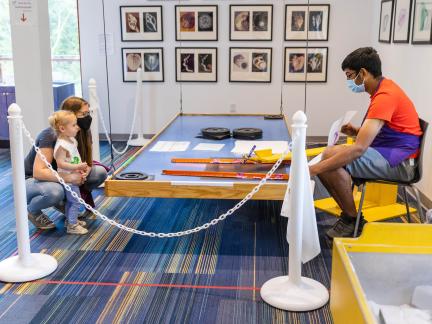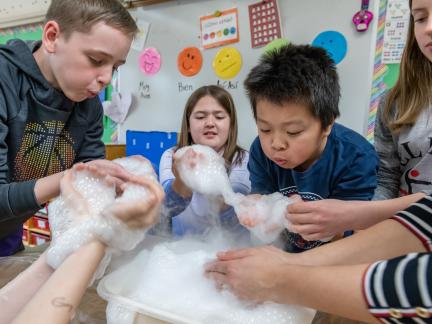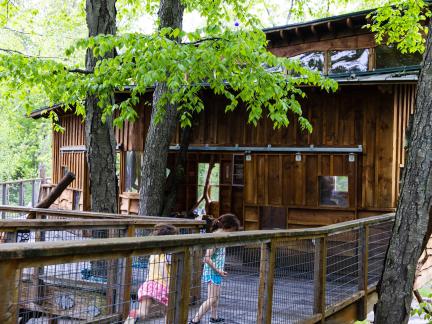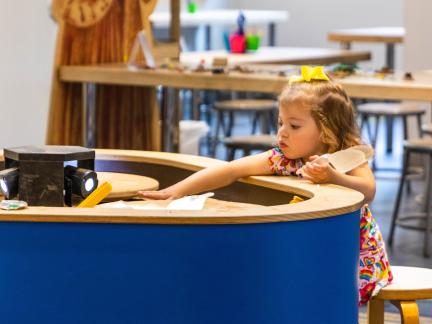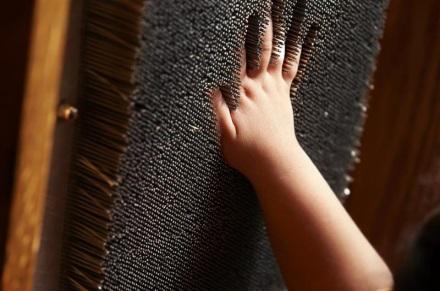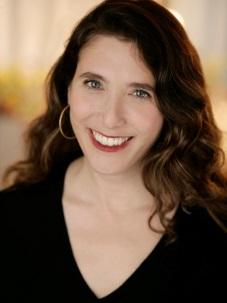Update from our CEO, January 2015
Dear Friend of the Museums,
Imagine 1.8 million fingerprints. If each of our visitors last year had touched the same exhibit and we never cleaned it (trust me, we do, every day!), there would be more than 1.8 million fingerprints on Newton's Cradle or the Probability Wall or the Train Room or Bessie's Diner. And that would be great, because it would be visual proof that we are delivering the experience we pride ourselves on: hands on, interactive discovery. Hands On, Minds At Play.
Until about 40 years ago, museums were decidedly hands off. Glass cases, velvet ropes, Plexiglas barriers, things out of reach. Then the children's museum and science museum world led a revolution that introduced the idea of hands on: letting the visitors, often children, touch things and even make things. Why? Well, it wasn't because we wanted to keep an army of cleaners busy removing fingerprints.
We (by which I mean some very smart people who pre-date me) wanted to make museum going more in tune with the way people really learn. Studies have shown that we rely heavily on our senses to process information. Using multiple senses allows our brains to make more connections and associations with an experience or concept. The more connections we make, the more ways the brain can retrieve the information.
So we have a simple objective: to make learning a fun, multi-sensory experience. We try to connect many of the senses, not just touch. For example, although it may seem obvious, sight is a crucial sense when it comes to learning. Actual "looking tasks" are beneficial to children's cognitive development because they make them pay attention to and register small details.
Similarly, sound helps children understand the world around them better and provides another layer of comprehension that sight alone can't offer. Although we can't integrate it often, taste provides a great example of data gathering and, like sound, can create a fun memory that helps with information retention. Similarly, the sense of smell is a very powerful tool that can be used to build associations.
But most importantly children learn better when they interact with something they can feel and physically touch, and even better if they make it themselves. Exhibits and programs that incorporate touch and movement are particularly beneficial to kinesthetic learners and are fun for everyone. We also recognize the importance of designing experiences for those who may have some limits on their senses--more on that in a future Update.
This brings me to our newest exhibit, Backyard at Night, which opened in September. The child entering the room first notices that it is dark. How does that feel? Is it scary or exciting? Then, attracted by the "tent," they can use puppets to make shadows and tell stories. Maybe then they notice and identify the sound of night noises in the room, such as crickets and owls. And they can sit by the "campfire," imagining the smell of the fire and how great the roasted "marshmallows" would taste. Backyard at Night has been getting rave reviews. Some visitors have told us, frankly, that they were not happy when they learned that we were going to close down the beloved Safari room and replace it with a new exhibit—but now they are thrilled! The exhibit has become a favorite of many visitors.
Backyard at Night has been partially funded by some of our donors. The following names will appear on a plaque in the exhibit:
Avery and Zachary Hansen
The Carielli Family
The LaPenta Family
It is not too late to put your name on the Backyard at Night exhibit. Contact me at the email address below if you are interested.
Backyard at Night was part of a very successful 2014 for the Museums. It was our third busiest year ever, with nearly 172,000 people served both onsite and in school classrooms. Importantly we set new records in our efforts to engage people who might not otherwise have visited. Almost 43,000 people were served through our Open Door Connections program, which now includes our "$1 anytime" admission for EBT card holders and their guests. Through Open Door, we work with community partners to expand opportunities for children, families, and schools facing barriers that prevent them from experiencing all that we have to offer. Since the program made its official debut in 2009, we have nearly doubled its size and scope. Open Door Connections would not be possible without the generous support of many donors and sponsors.
Our visitors gave us much positive feedback last year through several different forums. We were thrilled to again receive a Boston Parents Paper Best of the Best Award, as well as earning Gold in the Wicked Local Readers Choice Awards. In our online Visitor Satisfaction Survey, we received many terrific comments including, "Absolutely wonderful. I can't overstate how much the kids loved it," and, "I am a member now, after such a great first experience!" and a favorite, "The staff is absolutely stellar. Kind, patient, and competent. I'm very impressed." These comments, awards, and of course in-person feedback show us that we are a resource for families.
Our Discovery Museums Speaker Series enjoyed a very successful year. We had capacity crowds for all four 2014 events, which concluded with New York Times columnist Jessica Lahey, who spoke on the importance of letting your children fail. This was our first speaker series event held outside of Acton, offered in partnership with the Oak Meadow School in Littleton. The speaker series will grow again in 2015, with five events planned, starting with New York magazine contributing editor and New York Times bestselling author Jennifer Senior on "All Joy and No Fun: The Paradox of Modern Parenthood." This event on January 21st is being hosted in partnership with First Parish in Wayland, and limited, free seats are still available.
How did you think we did in 2014? What ideas do you have for us? Is there something you might like me to write about in one of these Updates? If so, please send me a note at ngordon [at] discoverymuseums.org. I'd love to hear from you.
Wishing you all the best in 2015!
Best,
Neil H. Gordon
Chief Executive Officer
